
Sinharaja forest reserve, World heritage site
- Sinharaja forest reserve has been nominated as a Biosphere reserve and a World heritage site by UNESCO due to its’ biodiversity importance. It is located 73 km west of Udawalawe, 77 km east of Galle, and 78 km north of Tangalle.
This last extensive patch of virgin rainforest in Sri Lanka has covered 8,864 ha. It is only 21 km from east to west and a maximum of 7 km from north to south. However, the endemism of this small forest patch is extremely high. The bird endemism is the highest, 29 endemic birds in Sri Lanka out of 34 have been recorded in Sinharaja. Endemism among amphibians, mammals, and butterflies is also greater than 50%. The endemic reptiles of green pit viper and hump-nosed vipers can be found in this forest reserve. There are few elephants (3-4) and about 15 Leopards have recorded in the forest reserve but due to dense vegetation, wildlife is not easy to trace. However, the endemic mammal purple-faced langur can be seen commonly in the reserve. The inevitable leeches are common in the Sinharaja forest reserve.
Sinharaja forest receives between 3000-6000 mm of rain and has between 18-27° C mean temperature throughout the year and the humidity is between 75% - 90%. All these conditions favours Sinharaja to have a wild profusion of flora. The top canopy trees layer has a height up to 45 m and the next layer down topping 30m. Out of 217 woody trees and lianas in Sinharaja 139 are endemic.
Sinharaja has an intricate network of streams. The Napola Dola and Koskulana Ganga from the north, Maha Dola, and Gin Ganga from the south-west and the Kalukandawa Ela and Kudawa Ganga from the west crisscrossed each other. These waterways are formed beautiful waterfalls in Snharaja. Some of them are Duwili Ella, Kekuna Ella, Thattu Ella, Pathanoya Ella, Malmora Ella, Brahmana Ella, Uran Wetuna Ella, and Galdoruwa Ella. Among them, Duwili Ella would be the most beautiful. The forest reserve has a rolling terrain that encompasses a series of ridges and valleys spread over a broad elevation range from 300 m to 1150m. Hinipitigala (1150 m), Tibbottagala (904m), Kosgulana (797m), Dotalugala (769m), Moulawella (760m), Sinhagala (742m), and Kohilearambe (575m) are the significant ridges in Sinharaja.
The lifetime experience of the real beauty of nature catch with a glimpse of rare flora and fauna can only be accessible by trekking inside the Sinharaja with an excellent guide. You will be able to explore the mystery of the virgin rainforest and indulge in once-in-a-lifetime photography. That may avoid the strain uncounted in challenging trails.
- Sinharaja forest reserve has been nominated as a Biosphere reserve and a World heritage site by UNESCO due to its’ biodiversity importance. It is located 73 km west of Udawalawe, 77 km east of Galle, and 78 km north of Tangalle.
This last extensive patch of virgin rainforest in Sri Lanka has covered 8,864 ha. It is only 21 km from east to west and a maximum of 7 km from north to south. However, the endemism of this small forest patch is extremely high. The bird endemism is the highest, 29 endemic birds in Sri Lanka out of 34 have been recorded in Sinharaja. Endemism among amphibians, mammals, and butterflies is also greater than 50%. The endemic reptiles of green pit viper and hump-nosed vipers can be found in this forest reserve. There are few elephants (3-4) and about 15 Leopards have recorded in the forest reserve but due to dense vegetation, wildlife is not easy to trace. However, the endemic mammal purple-faced langur can be seen commonly in the reserve. The inevitable leeches are common in the Sinharaja forest reserve.
Sinharaja forest receives between 3000-6000 mm of rain and has between 18-27° C mean temperature throughout the year and the humidity is between 75% - 90%. All these conditions favours Sinharaja to have a wild profusion of flora. The top canopy trees layer has a height up to 45 m and the next layer down topping 30m. Out of 217 woody trees and lianas in Sinharaja 139 are endemic.
Sinharaja has an intricate network of streams. The Napola Dola and Koskulana Ganga from the north, Maha Dola, and Gin Ganga from the south-west and the Kalukandawa Ela and Kudawa Ganga from the west crisscrossed each other. These waterways are formed beautiful waterfalls in Snharaja. Some of them are Duwili Ella, Kekuna Ella, Thattu Ella, Pathanoya Ella, Malmora Ella, Brahmana Ella, Uran Wetuna Ella, and Galdoruwa Ella. Among them, Duwili Ella would be the most beautiful. The forest reserve has a rolling terrain that encompasses a series of ridges and valleys spread over a broad elevation range from 300 m to 1150m. Hinipitigala (1150 m), Tibbottagala (904m), Kosgulana (797m), Dotalugala (769m), Moulawella (760m), Sinhagala (742m), and Kohilearambe (575m) are the significant ridges in Sinharaja.
The lifetime experience of the real beauty of nature catch with a glimpse of rare flora and fauna can only be accessible by trekking inside the Sinharaja with an excellent guide. You will be able to explore the mystery of the virgin rainforest and indulge in once-in-a-lifetime photography. That may avoid the strain uncounted in challenging trails.

 +39 - 39 - 307 6 3730
+39 - 39 - 307 6 3730 +94 - 74 - 000 9208
+94 - 74 - 000 9208

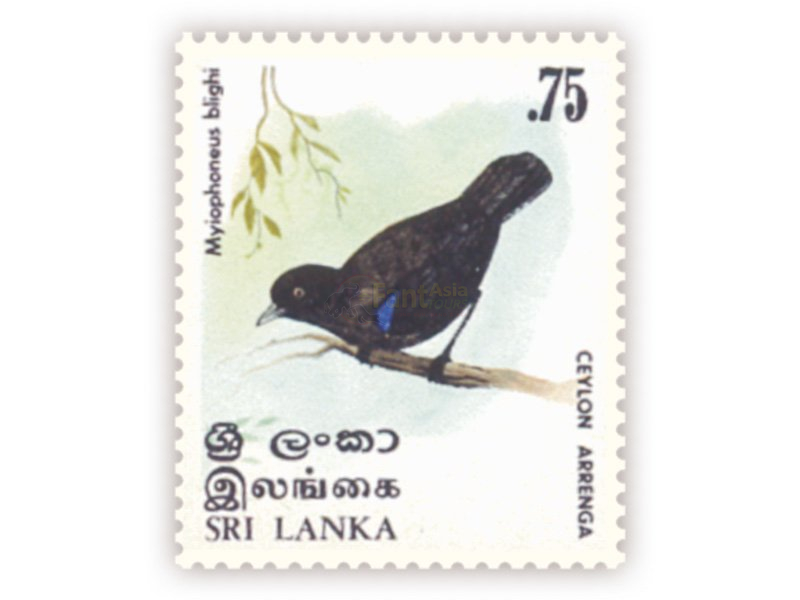
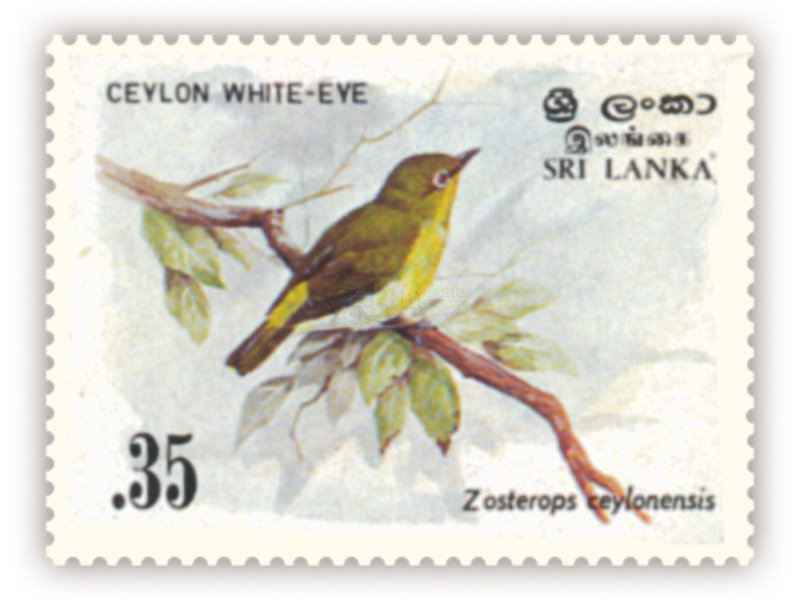
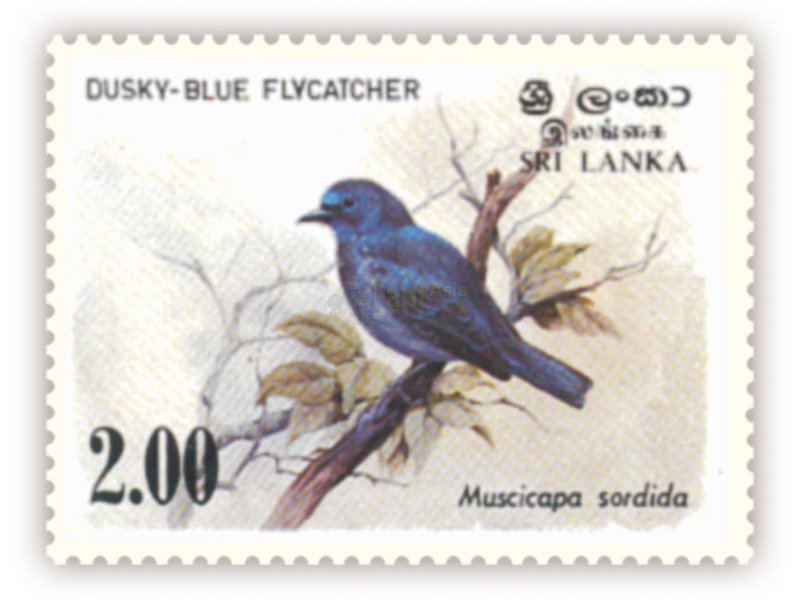
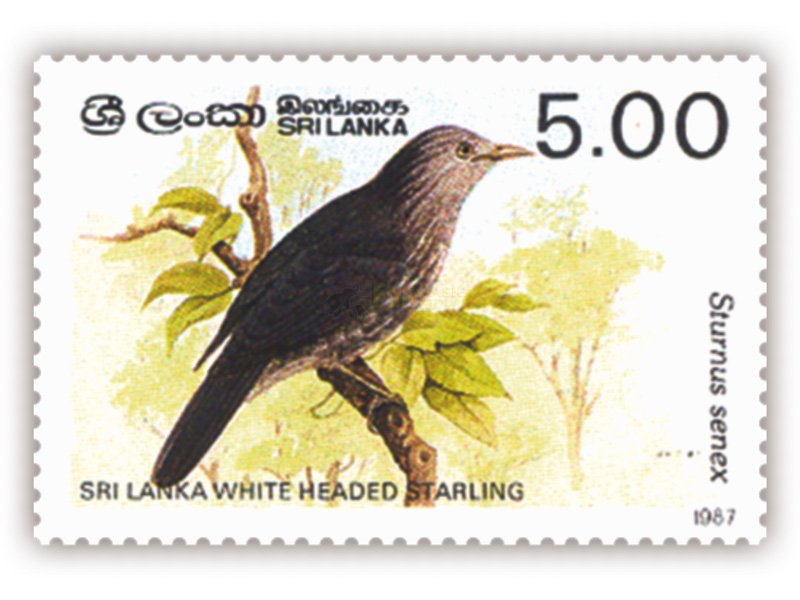
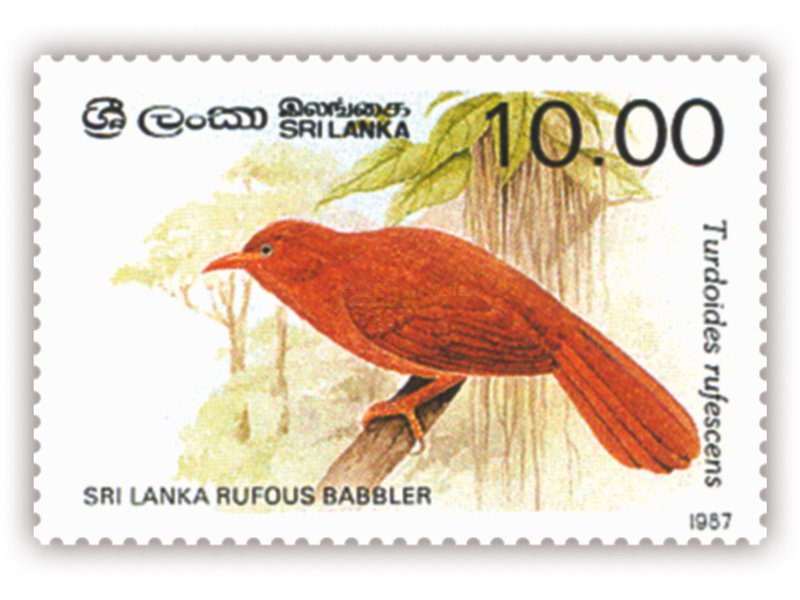
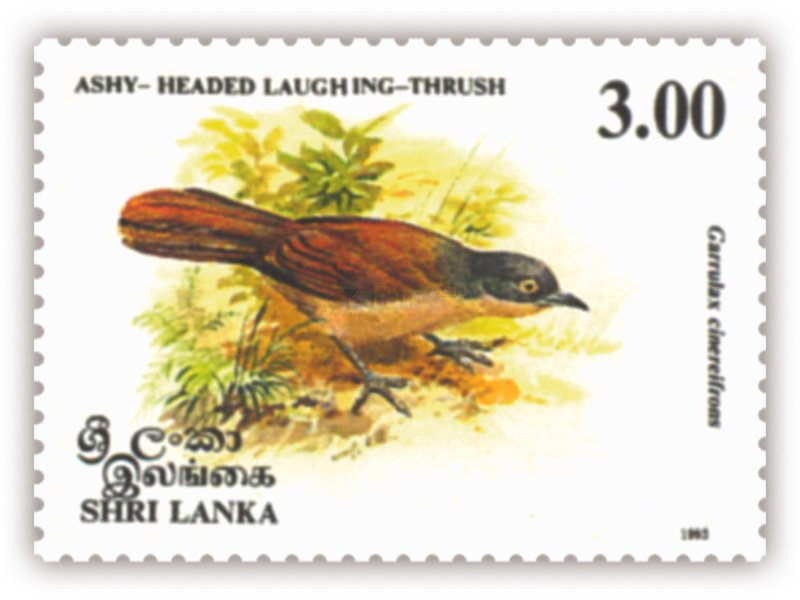
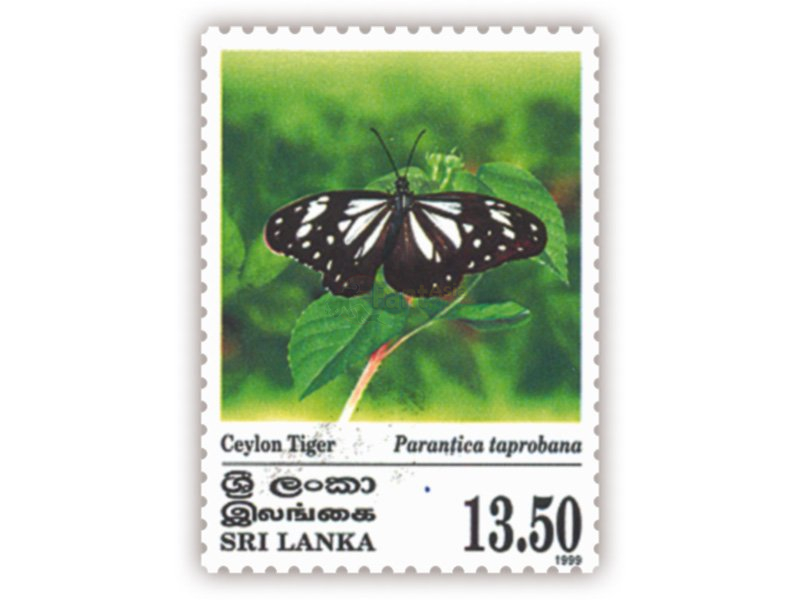
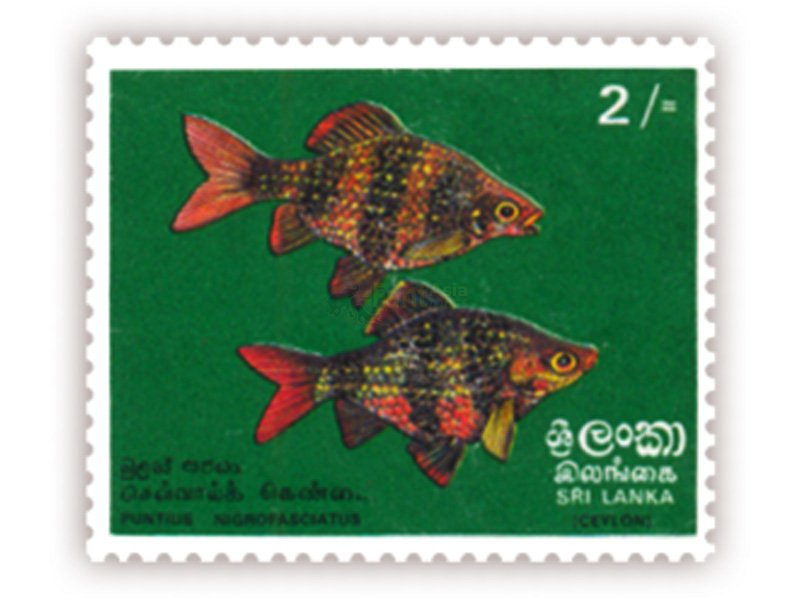
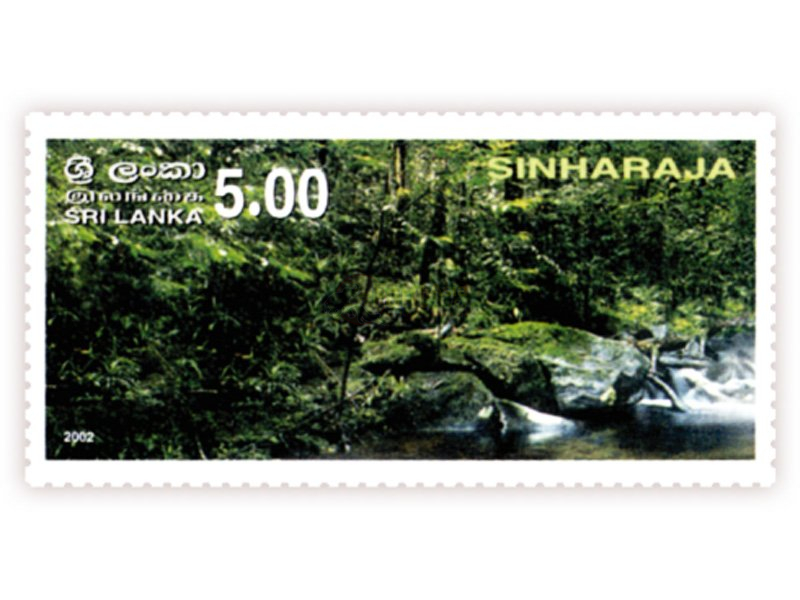
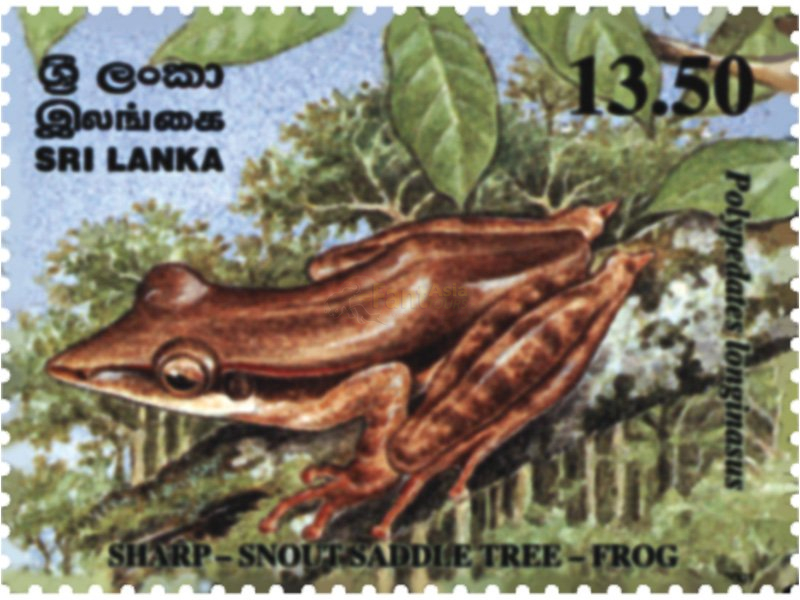
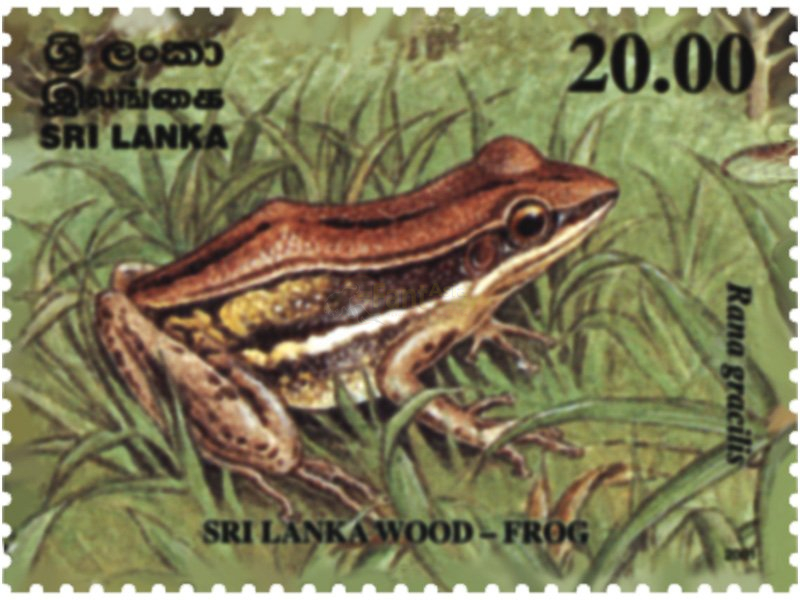
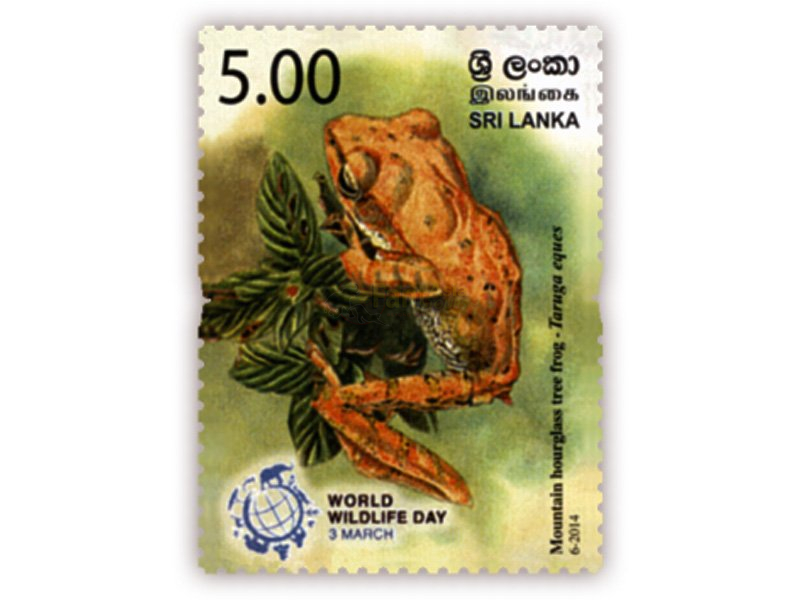
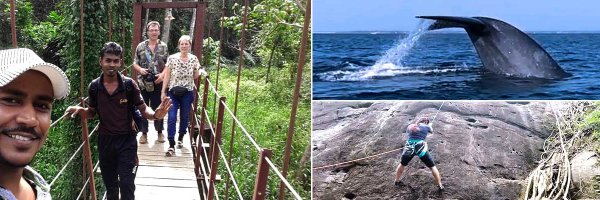
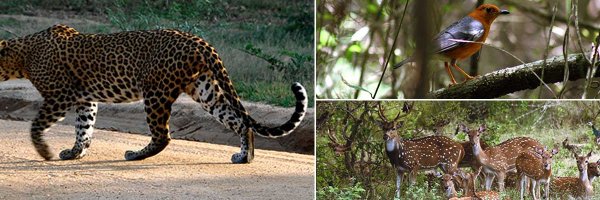
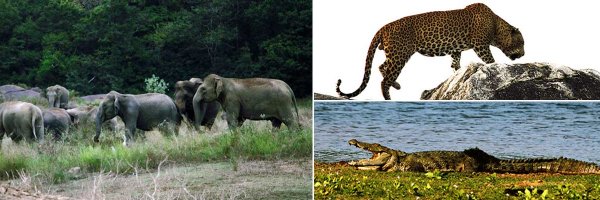
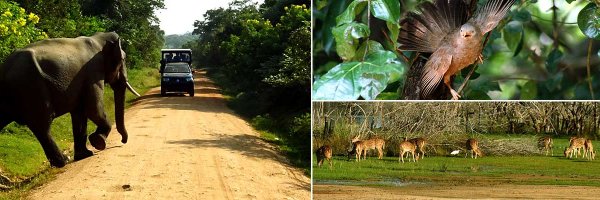
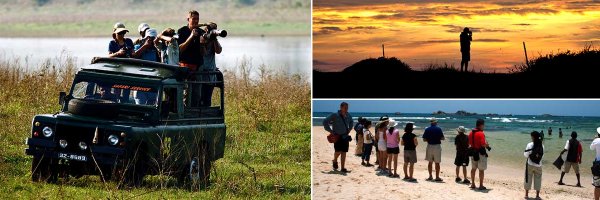
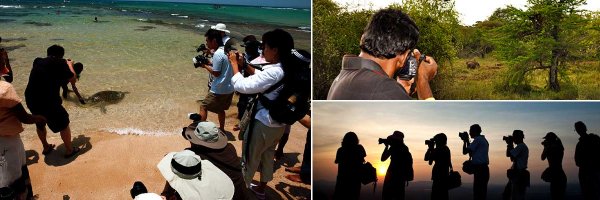
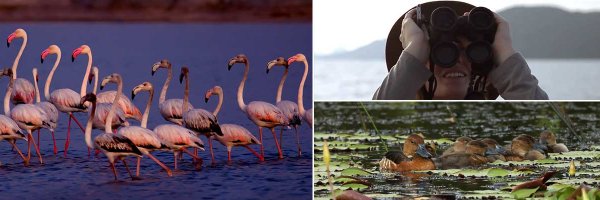
Share this page